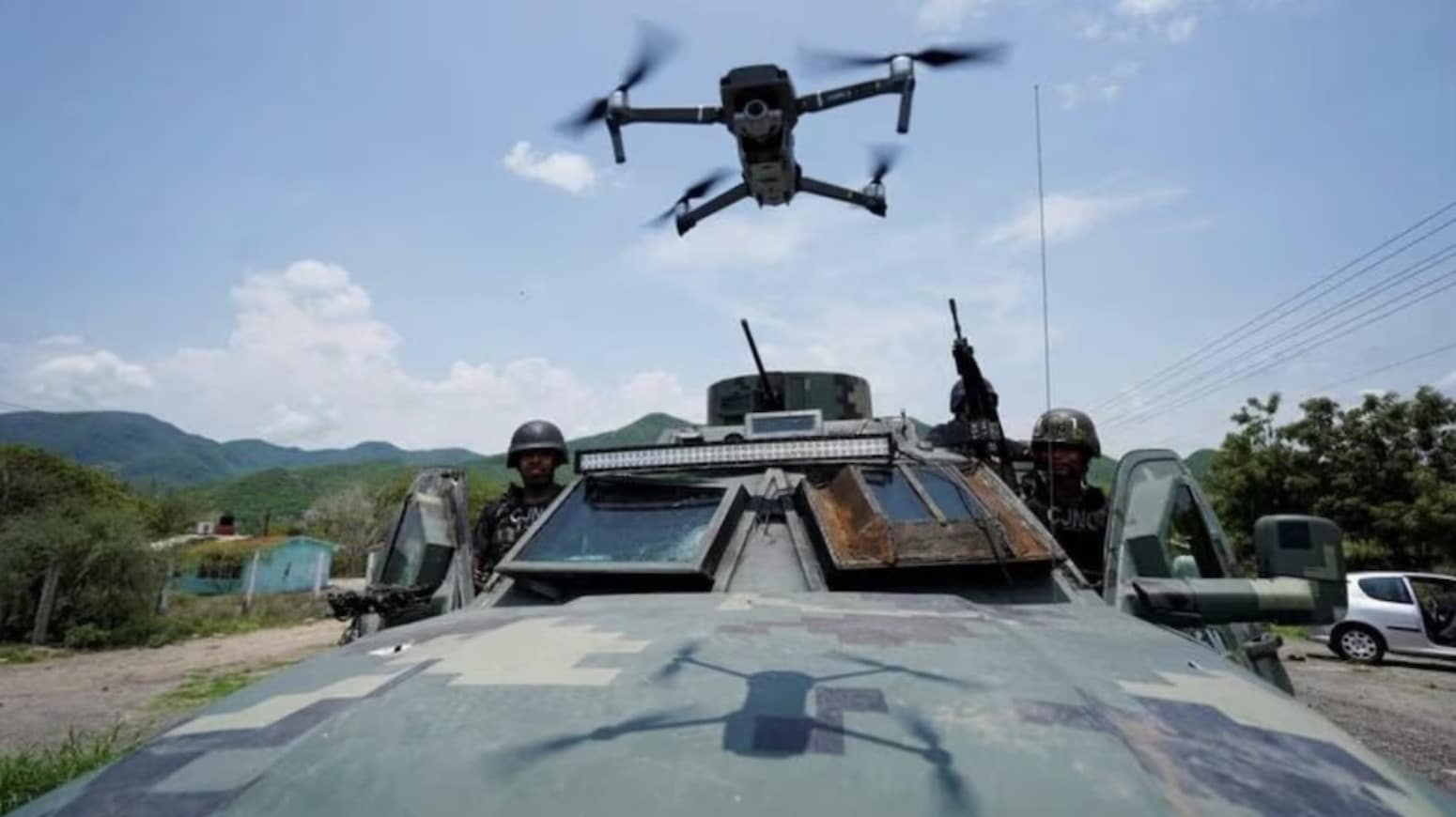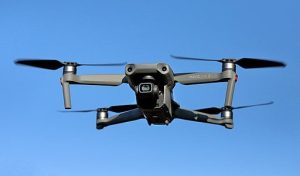Mexico’s Drone Wars: High-Tech Tactics of Cartels
The emergence of ‘drone wars’ in Mexico exemplifies the intersection of cutting-edge technology and organized crime. This new arena highlights how cartels are employing inexpensive, consumer-grade drones, tactical warfare skills, and sophisticated counter-drone technologies, transforming the landscape of narco conflicts. Let’s explore this intriguing development, reflecting on the hard facts and Mexican resilience in challenging times.
Drone Pioneers Among Cartels
The year 2023 marked a significant shift when the Jalisco New Generation Cartel (CJNG) established the Operadores Droneros. Initially acquiring drones through online marketplaces, they quickly escalated to sophisticated strategies akin to those seen in the Russia-Ukraine and Middle Eastern conflicts. By analyzing global drone warfare, Mexican cartels adapted these lessons to their environment, emphasizing the affordability and effectiveness of consumer technology for military-like operations.
Practical Illustration: In Mexico’s western regions, law enforcement has faced drones deployed at critical checkpoints, delivering explosives onto vehicles and safe houses. A widely circulated video captured a CJNG operation featuring a DJI Avata 2 drone used as a kamikaze FPV device, highlighting the potential for increased drone warfare in Mexico.
Tactical Innovations: Surveillance to Aerial Attacks
Cartels have effectively leveraged drones in four distinctive ways:
- Bombing from Above: Customized to release grenades or homemade explosives, these drones execute targeted strikes, instilling fear through their unpredictable nature.
- Kamikaze FPV Drones: Inspired by Ukrainian tactics, these drones can cost under $1,000, emphasizing precision terror through direct collision.
- Recon and Surveillance: Providing real-time scouting capabilities, drones assist with tactical planning by tracking police or military movements.
- Counter-Drone Measures: Some groups have even acquired anti-drone jammers and military-grade equipment to counteract aerial threats.
Cartels vs. Authorities: An Uneven Battle
Drones present a formidable challenge for Latin American security forces, who remain largely unprepared for such agile threats from nonstate actors. While cartels rapidly adopt advanced technologies, authorities lag in counter-UAS initiatives.
“Drones provide nonstate groups with a major asymmetric advantage… Latin American militaries remain seriously underprepared to deal with the threat,” notes a security expert.
Cartels have begun threatening potential drone attacks across the U.S.-Mexico border, ramping up tensions and challenging security efforts.
The Human Toll: Fear Beyond Explosions
Despite fewer fatalities compared to firearms, drone-induced terror is significant. Communities live in constant dread of aerial threats, while authorities grapple with the growing frequency and sophistication of attacks. Incidents have revealed drones equipped with hand grenades and even, in rare instances, chemical agents.
U.S. Countermeasures and Cross-Border Tensions
U.S. agencies are responding with enhanced detection technologies, aiming to stay ahead of evolving cartel strategies. The DHS and CBP have adopted comprehensive solutions integrating radar, RF detection, and AI analytics to combat aerial threats.
Geopolitical Repercussions: Sovereignty and Strategy
The U.S. has debated cross-border drone strikes against cartel targets, a contentious topic surrounding sovereignty and international law. Hypothetic scenarios question the potential fallout of such actions, considering diplomatic ties and economic consequences.
Understanding Cartel Drone Operations
Anatomy of a drone attack typically involves planning using global tactics, modifying drones for weaponization, executing surprise aerial strikes, and adopting countermeasures.
Technology Evolution: Future Threats
Predictions indicate possible developments like AI-controlled drone swarms, unconventional payloads, and digital threats in the form of deepfakes and propaganda.
Insights and Measures for the Future
- For Law Enforcement: Invest in comprehensive counter-UAS systems and train personnel for rapid response.
- For Communities: Implement drone vigilance programs and public safety education.
- For Policy Makers: Adapt legislation to modern drone challenges, fostering international cooperation.
Grassroots Resilience: Creativity in Adversity
Mexican communities showcase resilience, employing ingenious methods like kite flying to disrupt drones. Local experts collaborate on defense tactics, reflecting the enduring spirit of innovation and adaptability.
Videos and online memes highlight drones’ dual role as tools and weapons, capturing public attention and cultural reflections.
Conclusion: Navigating the Drone Landscape
Mexico’s drone conflicts signal a challenging future where technology blurs the line between security and warfare. Stakeholders must remain informed and engaged, utilizing knowledge as a powerful defense mechanism in these dynamic times.













